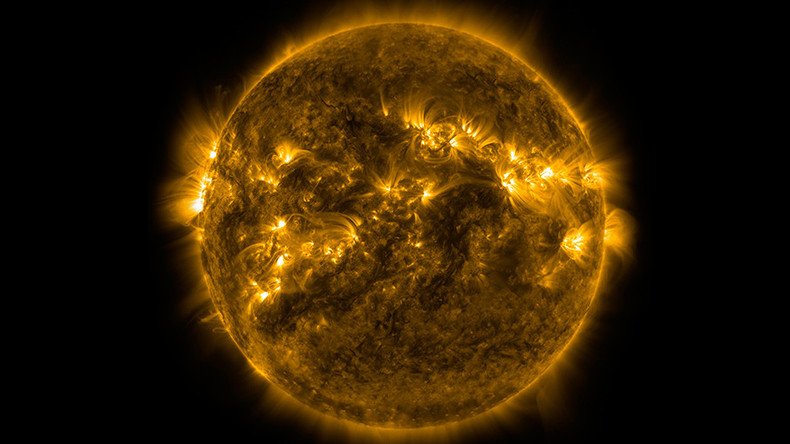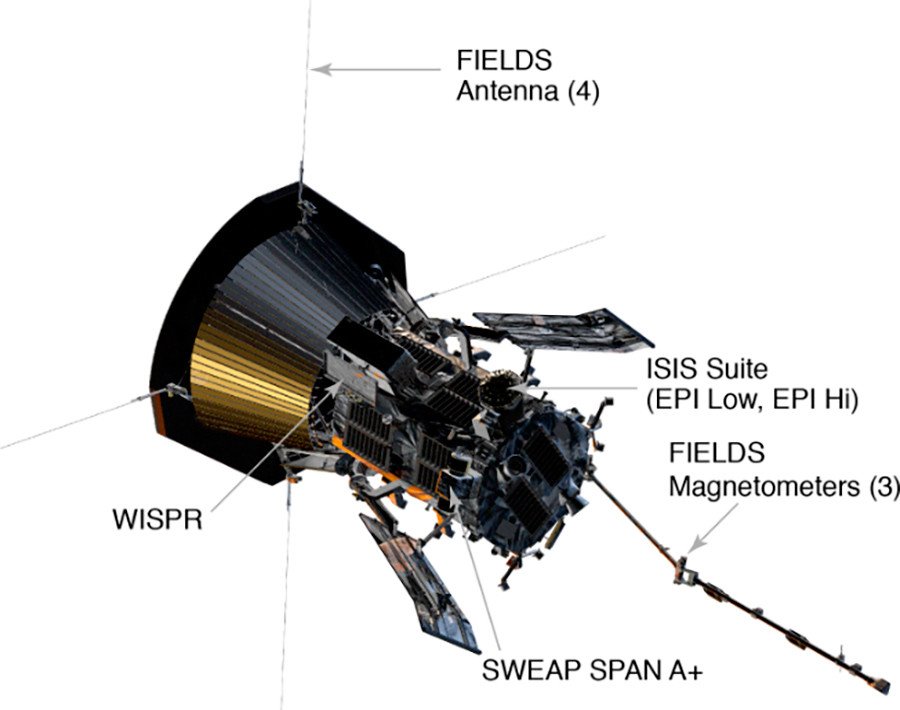NASA plans daring sun mission to solve solar mysteries

Humans have landed men on the moon, explored the solar system in detail, found habitable worlds in neighboring solar systems and sent probes far into interstellar space. Now NASA wants to send a spacecraft to “touch the sun.”
The Solar Probe Plus (SPP) mission is due to launch in 2018 and its journey will last almost seven years. The spacecraft will fly closer to our star than any previous mission.
The probe is set to fly within 4 million miles (6 million km) of the sun, with the aim of unraveling three mysteries surrounding the enigmatic star.
Firstly, SPP hopes to find out why there is such a vast discrepancy between the surface and atmospheric temperatures of the sun. Surface temperatures are about 10,000 degrees Fahrenheit (5,000 Celsius) – relatively cool compared to the mind boggling 3.5 million Fahrenheit (2 million Celsius) of the corona (atmosphere).
NASA today announced that their Solar probe mission will "touch the Sun". Actually not so much - just hype - closest approach: 7,000,000 kms pic.twitter.com/lC4kXak6f2
— Keith Strong (@drkstrong) 22 February 2017
READ MORE: ‘Ring of fire’ eclipse treats southern hemisphere stargazers
Next, NASA wants to know how the solar wind gets its speed. The sun expels streams of charged particles in all directions at speeds of several million miles per hour.
The collected data may even allow scientists to “forecast space weather”, helping to improve “satellite communications, power grid issues, pipeline erosion, radiation exposure on airline flights, astronaut safety,” according to NASA.

The third and final aim of the mission is discover why the sun sporadically emits high energy, solar energetic particles, endangering astronauts and spacecraft.
To carry out this aim, the SPP will hurtle around the sun at approximately 450,000mph (720,000kph), enduring the intense heat using a 4.5-inch-thick (11.43 cm) carbon-composite shield, for protection.













